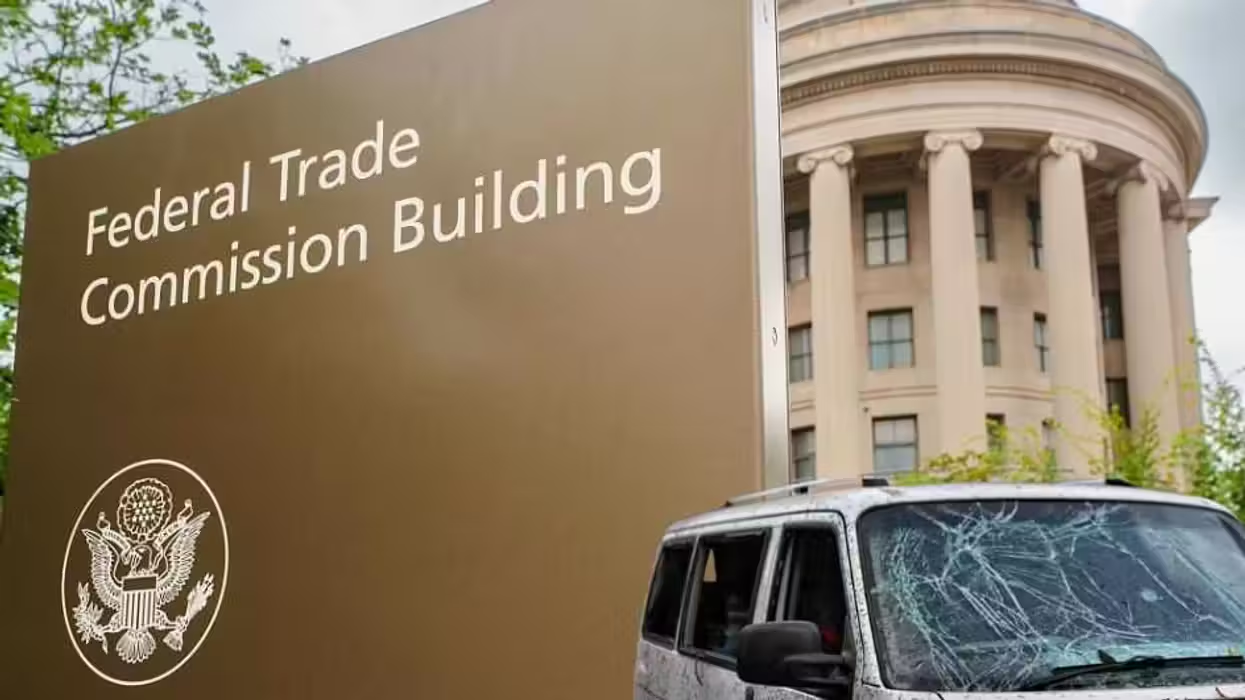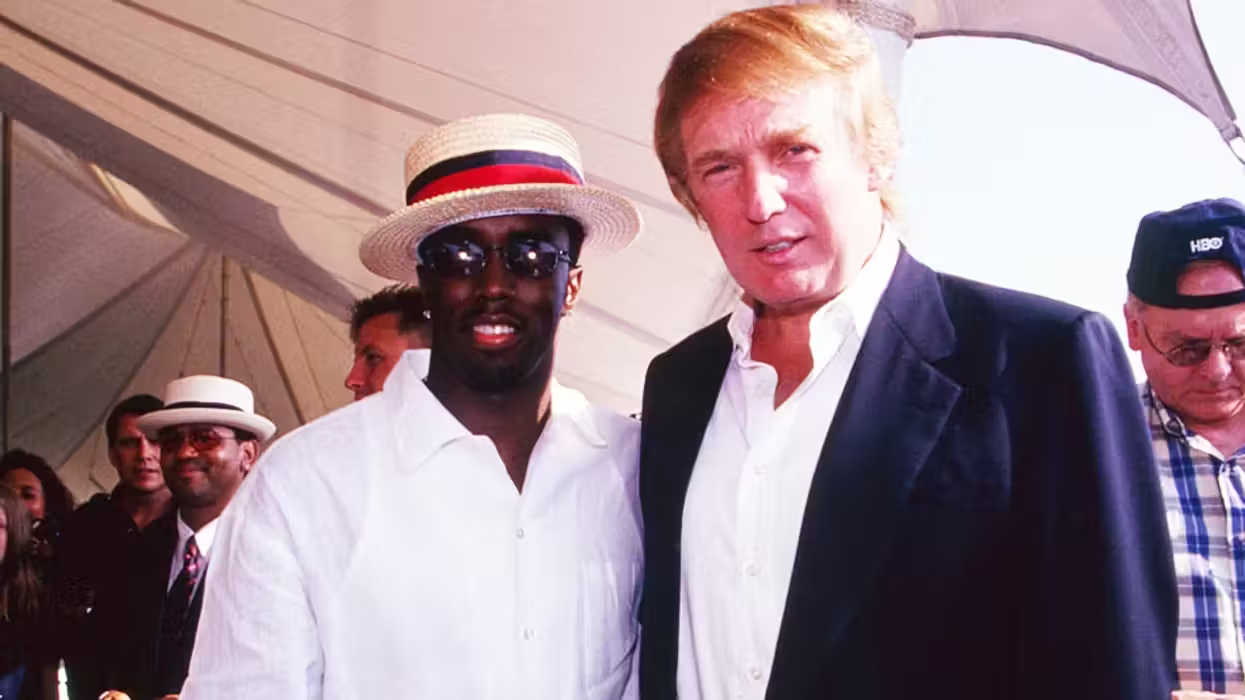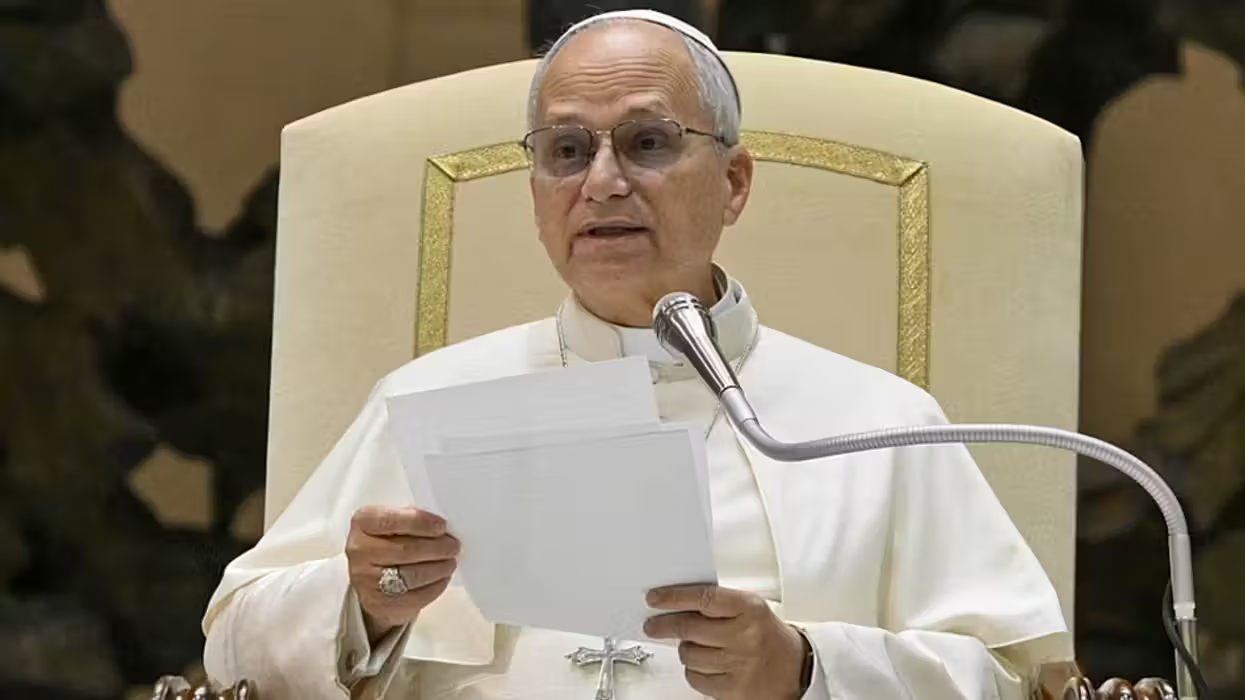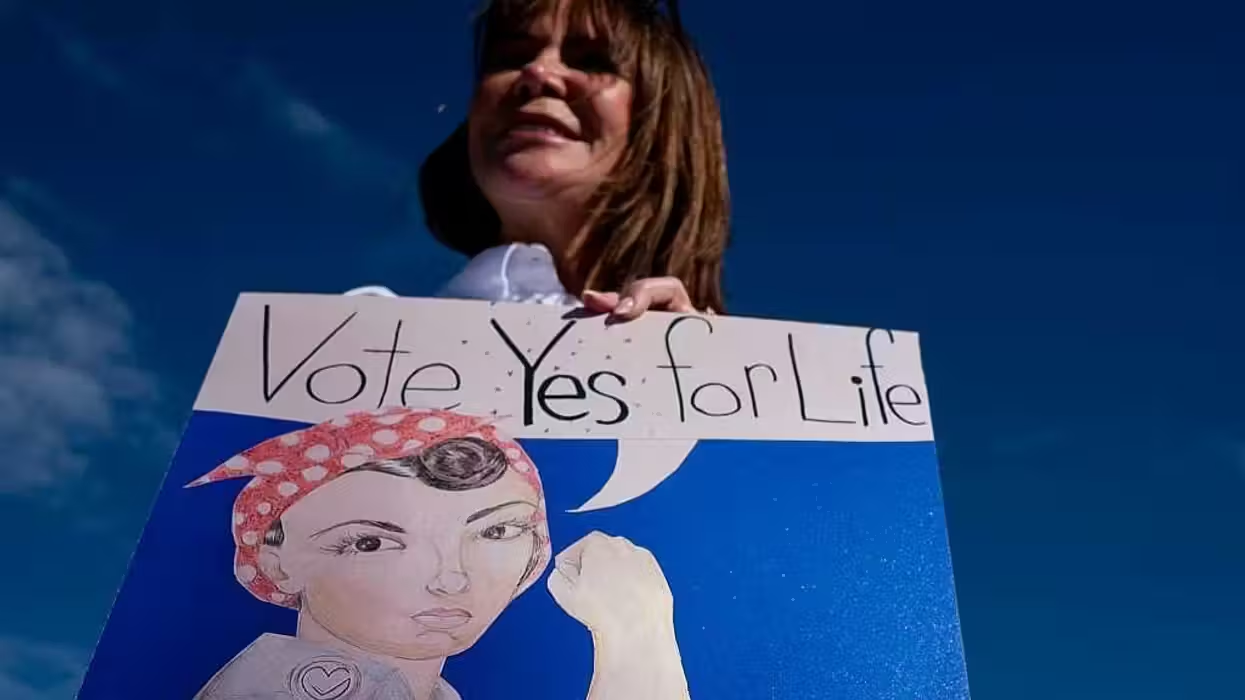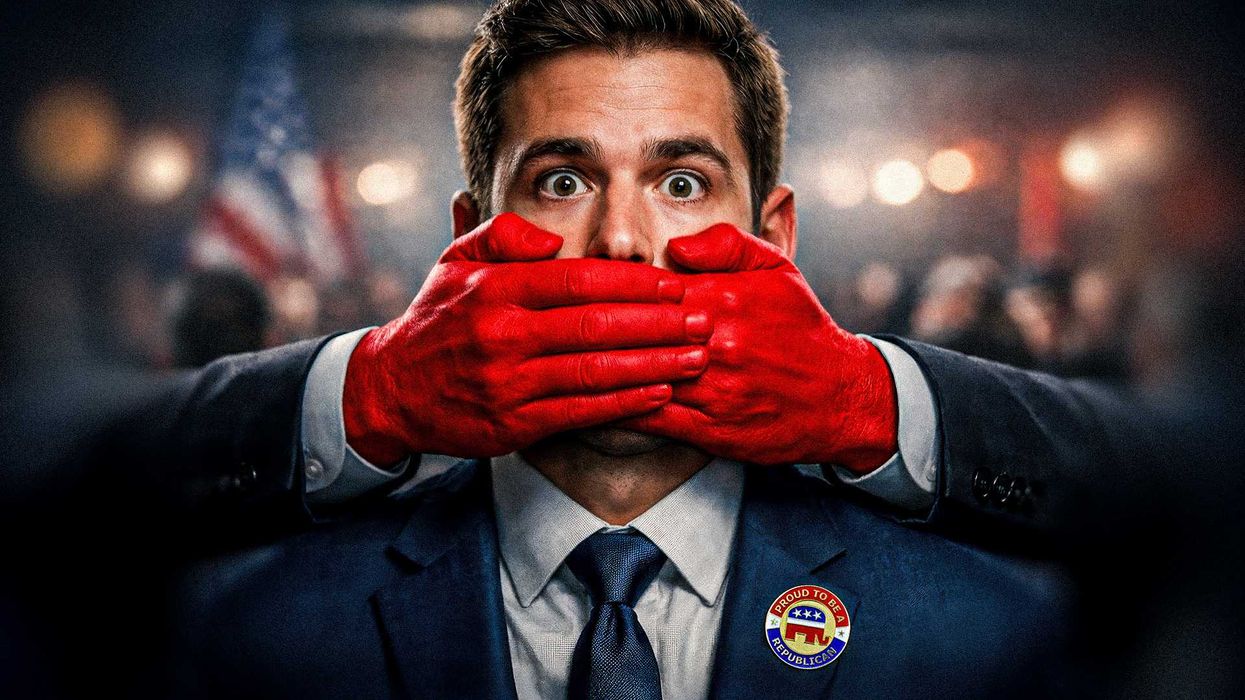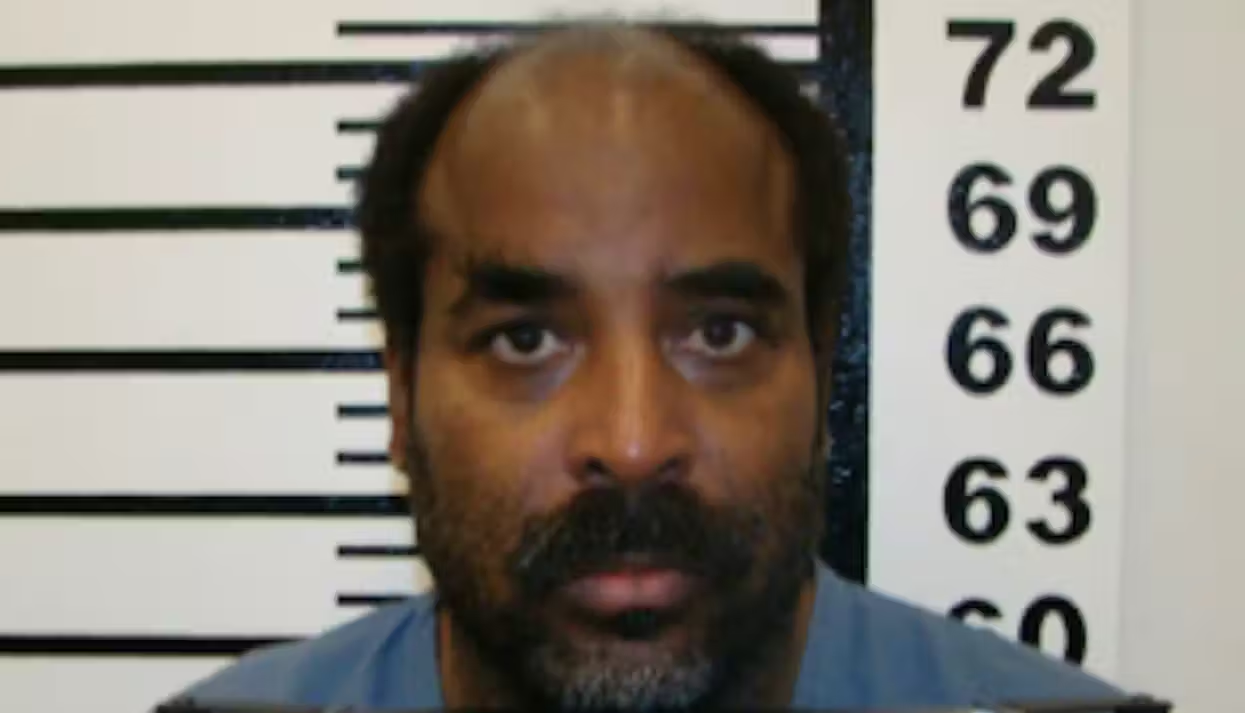WASHINGTON (AP) -- You must be a lawyer to argue before the Supreme Court.
Thought that already was the case? It wasn't until Monday, when the Supreme Court revised its 80-page rule book for the first time since 2010.
The update covers items such as filing deadlines but also adds Rule 28.8, which requires anyone arguing before the court to be a lawyer. The high court says the new rule simply codifies a "long-standing practice of the court."
A nonlawyer hasn't argued before the justices in more than three decades, though not for a lack of trying. A magazine publisher, entrepreneur and paralegal-in-training asked but were turned down, the paralegal-in-training the past year.
 Dan Stein, an intern with the SCOTUS Blog, runs after court decisions from the Supreme Court in Washington, Monday, June 24, 2013. The Supreme Court has 11 cases, including the term's highest profile matters, to resolve before the justices take off for summer vacations, teaching assignments and international travel. The court is meeting Monday for its last scheduled session, but will add days until all the cases are disposed of. Credit: AP
Dan Stein, an intern with the SCOTUS Blog, runs after court decisions from the Supreme Court in Washington, Monday, June 24, 2013. The Supreme Court has 11 cases, including the term's highest profile matters, to resolve before the justices take off for summer vacations, teaching assignments and international travel. The court is meeting Monday for its last scheduled session, but will add days until all the cases are disposed of. Credit: AP
New York resident Samuel H. Sloan, now 68, was the last nonlawyer to do it when he represented himself in 1978 in a lawsuit involving stock trading. Sloan says he interviewed several lawyers who volunteered to represent him for free, just for the prestige of appearing before the court, but he decided to handle the job himself.
"It wasn't on an ego thing or anything like that," he said recently. "I wanted to win the case. I was convinced I couldn't win the case in any other way but to argue my own case."
He won 9-0.
Oral argument is a relatively small part of a case, although the justices say it can, on rare occasion, be critical to the outcome. More important is the written argument that both sides and other interested parties file. The justices agreed to hear two cases this past term filed by nonlawyers, but that is extremely unusual.
Argument by nonlawyers is even rarer, and even Supreme Court scholars have a difficult time coming up with other examples beyond Sloan. But it has happened.
In 1948, a Chicago man named Harrison Parker appeared before the court to argue that he was improperly convicted of contempt of court on two different occasions.
One newspaper report from the time suggests Parker did fine, though it was clear he was an amateur. He arrived with a thick pile of notes, wagged his fingers at the justices, and wore striped pants and a cutaway jacket. That was what all lawyers once wore to argue at the court, but it had fallen out of favor for all but government lawyers by the time Parker appeared before the court.
 Credit: Getty Images
Credit: Getty Images
Still, a Washington Post reporter covering the case wrote that Parker proved "you don't have to have a lawyer in the Supreme Court."
Scholars and lawyers who have appeared frequently before the court, however, say it's a bad idea. The justices want experienced advocates who know more than the facts of the case and can apply them to other scenarios as well as answer technical questions about the law.
"If you haven't gone to law school and had some experience in court I would think that would be a very difficult chore," said Chicago lawyer Stephen M. Shapiro, a veteran of 30 arguments before the court and one of the co-authors of "Supreme Court Practice," a manual on practicing before the court.
Harvard law professor Richard Lazarus was more blunt.
"It's a stupid, crazy idea," said Lazarus, who studies the court and has argued before it more than a dozen times.
That hasn't stopped others from asking to argue anyway.
In 1982, Edward Lawson of California petitioned to argue for himself in a case where he challenged a law that allowed police to stop people and ask them to identify themselves. The court turned down the request from the 36-year-old entrepreneur and consultant who was the subject of frequent police stops. Lawson later accused the Supreme Court of conspiring with the lawyer the court assigned to argue his side to deprive him of the right to appear on his own behalf.
A year later, Hustler magazine publisher Larry Flynt fired his lawyer in a libel case before the court and asked to handle arguments himself. Flynt was also told "no," and the court assigned Shapiro to argue his position. Flynt came to the argument, but was escorted out when he started yelling obscenities.
 Justices, from left are, Sonia Sotomayor, Stephen Breyer, Clarence Thomas, Antonin Scalia, Chief Justice John Roberts, and Justices Anthony Kennedy, Ruth Bader Ginsburg, Samuel Alito and Elena Kagan. Credit: AP
Justices, from left are, Sonia Sotomayor, Stephen Breyer, Clarence Thomas, Antonin Scalia, Chief Justice John Roberts, and Justices Anthony Kennedy, Ruth Bader Ginsburg, Samuel Alito and Elena Kagan. Credit: AP
Steven Alan Levin of Guam was working on his paralegal certification when he petitioned the Supreme Court last year to hear his case involving cataract surgery gone wrong.
When the court agreed to take the case, Levin asked to be his own lawyer at the urging of a supervisor at the attorney general's office of Guam, where he was working as an intern. He was told no, but said in an email that he pressed the court clerk's office to "cite a provision of law or rules that would prevent me from arguing." He says he can't remember getting a reply, and the court ultimately appointed a lawyer to argue his position.
Levin didn't mind. He "never intended or hoped to represent myself," he said, just to dither long enough for the court to appoint an attorney.
Sloan, the last nonlawyer to argue before the court, says it's too bad he'll be the last of his kind to argue.
"The Supreme Court should remain, in principle, open to everybody," he said.
--
Other Must-Reads

 Dan Stein, an intern with the SCOTUS Blog, runs after court decisions from the Supreme Court in Washington, Monday, June 24, 2013. The Supreme Court has 11 cases, including the term's highest profile matters, to resolve before the justices take off for summer vacations, teaching assignments and international travel. The court is meeting Monday for its last scheduled session, but will add days until all the cases are disposed of. Credit: AP
Dan Stein, an intern with the SCOTUS Blog, runs after court decisions from the Supreme Court in Washington, Monday, June 24, 2013. The Supreme Court has 11 cases, including the term's highest profile matters, to resolve before the justices take off for summer vacations, teaching assignments and international travel. The court is meeting Monday for its last scheduled session, but will add days until all the cases are disposed of. Credit: AP

